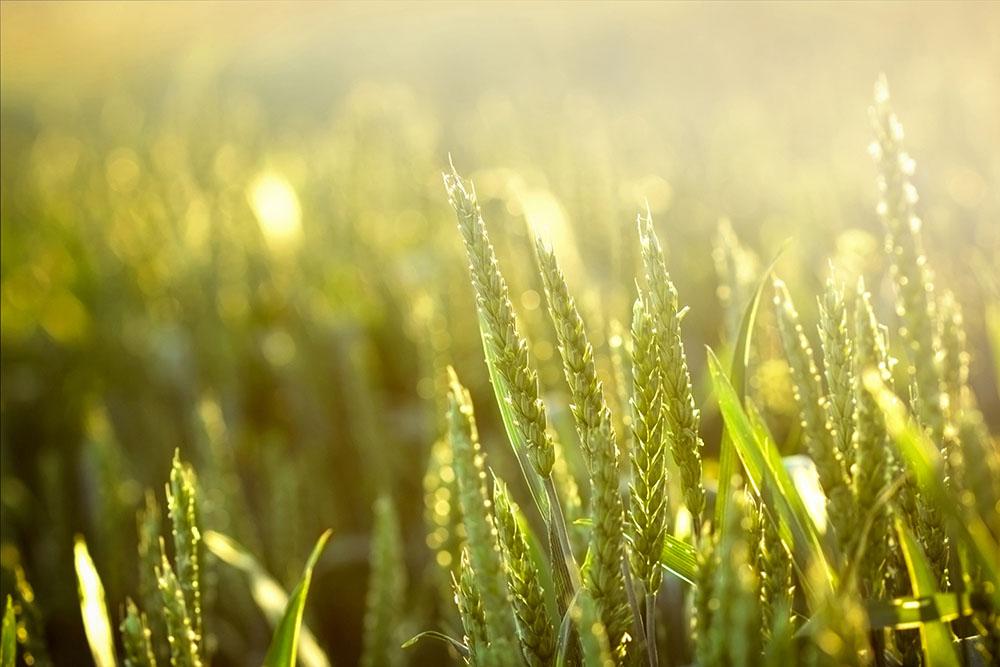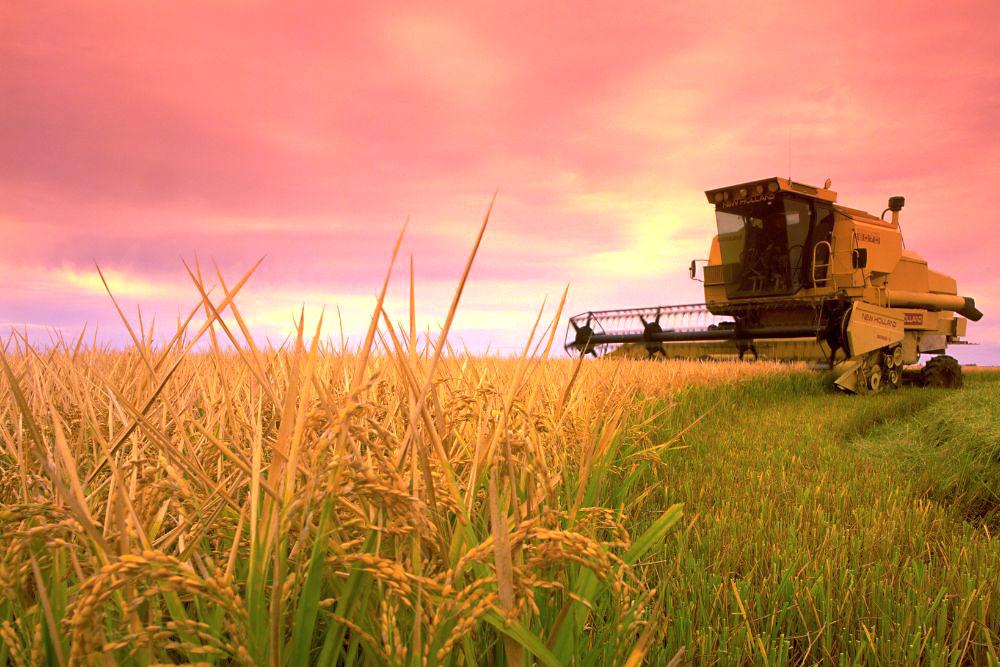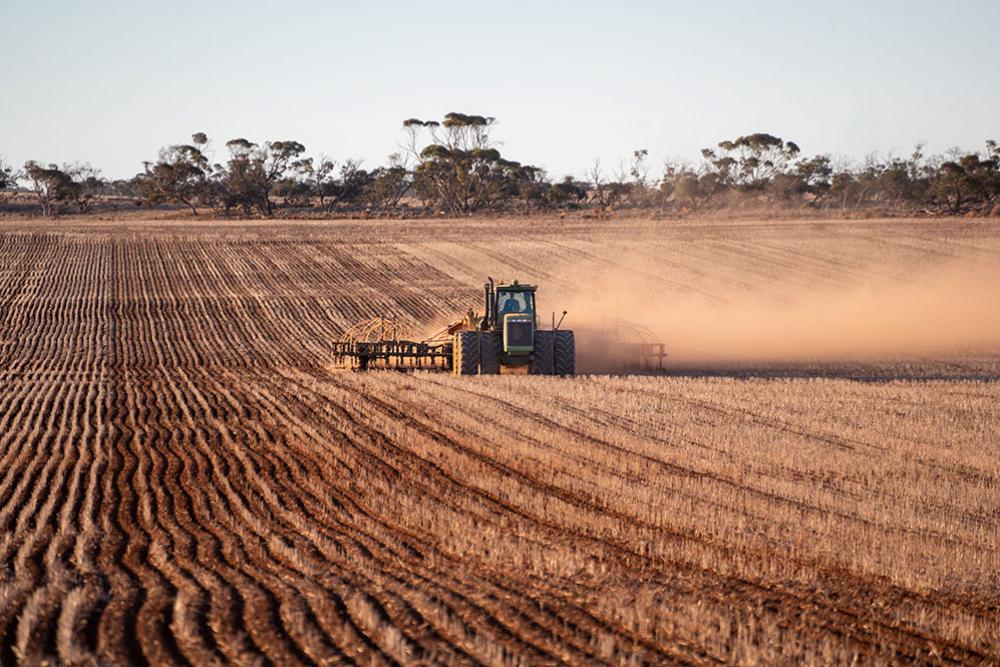Increased agricultural sector lending activity is an encouraging sign that our farmers are looking to expand and invest in their businesses.
Executive Director of ABARES, Dr Jared Greenville, said an increase in farm debt over the last year isn’t cause for concern.
“Because of higher property values, farm business equity has remained steady,” Dr Greenville said.
“Higher commodity prices and two record-breaking seasons have meant farmers have higher incomes to pay down their debts in the short term. As a result, farm incomes are less vulnerable to rising interest rates than they were in the 1990s or the early 2000s.
“Debt is used by farmers for a range of purposes, including purchasing land, plant and equipment and for providing ongoing working capital.
“The main reason broadacre and dairy farms borrowed money in 2021 was to fund land purchases. That shows Australia’s farmers are taking advantage of two record-breaking seasons and are looking to expand and invest in their businesses.
“Lending to the agricultural sector increased in all states and territories during 2020–21, although it was highest in New South Wales and Queensland (7 per cent).
“However, it’s good to keep these figures in context. A high proportion of aggregate debt is held by a small number of very large farm businesses that generate high cash flows to finance debt.
“In 2020–21, 5 per cent of broadacre and dairy farms accounted for around 47 per cent of aggregate debt, whereas nearly 50 per cent of farms had very little or no debt.”
Read Trends in farm debt: Agricultural lending data 2020–21 at https://www.agriculture.gov.au/abares/research-topics/surveys/farm-debt



